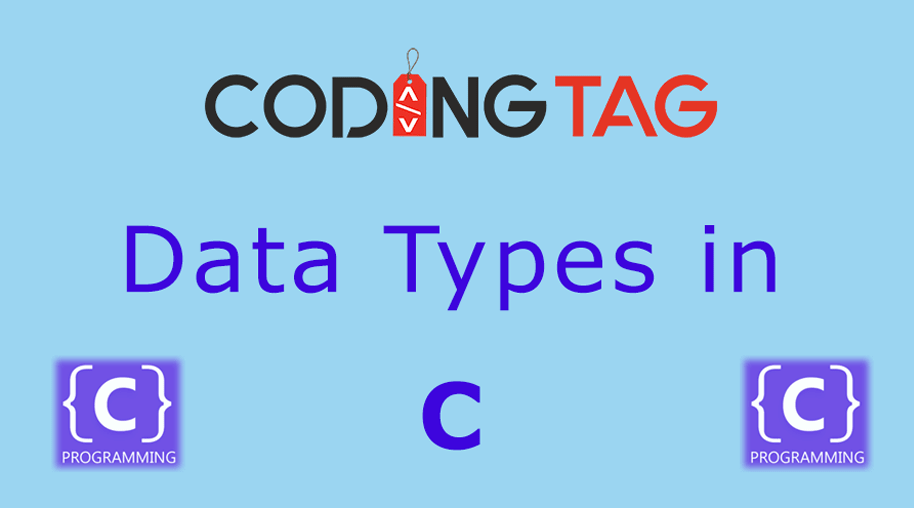Assembly count in C
0 796
Using Inline Assembly
Steps:
Write C code with inline assembly.
Run and display the instruction count.
Example:
// Program Assembly in C #include<sydio.h>int main() { int count = 0; asm volatile ( "xorl %%eax, %%eax\n\t" // Clear EAX "addl $1, %%eax\n\t" // Increment : "=a" (count) : : "memory" ); printf("Instruction Count: %d\n", count); return 0; }
Output:
Instruction Count: 1
Include Headers: We start by including the necessary headers. stdio.h is included for printf().
Initialize Counter:
int count = 0;
We initialize an integer variable count to 0 to store the result of our assembly operation.
Inline Assembly:
asm volatile (
"xorl %%eax, %%eax\n\t" // Clear EAX register
"addl $1, %%eax\n\t" // Increment EAX
: "=a" (count) // Output operand, result stored in 'count'
: // No input operands
: "memory" // Clobbered memory
);
xorl %%eax, %%eax: Clears the EAX register (sets it to zero).
addl $1, %%eax: Increments the value in EAX by 1.
The result of the assembly operation (which is stored in EAX) is assigned to the count variable in C using the "=a" constraint.
Print Result:
printf("Instruction Count: %d\n", count);
Finally, we print the value of count, which represents the number of assembly instructions executed.
Execution:
When you run the program, it should output:
Instruction Count: 1
This indicates that our inline assembly executed one instruction to clear the EAX register and another to increment it, totaling two instructions.

Share:







Comments
Waiting for your comments